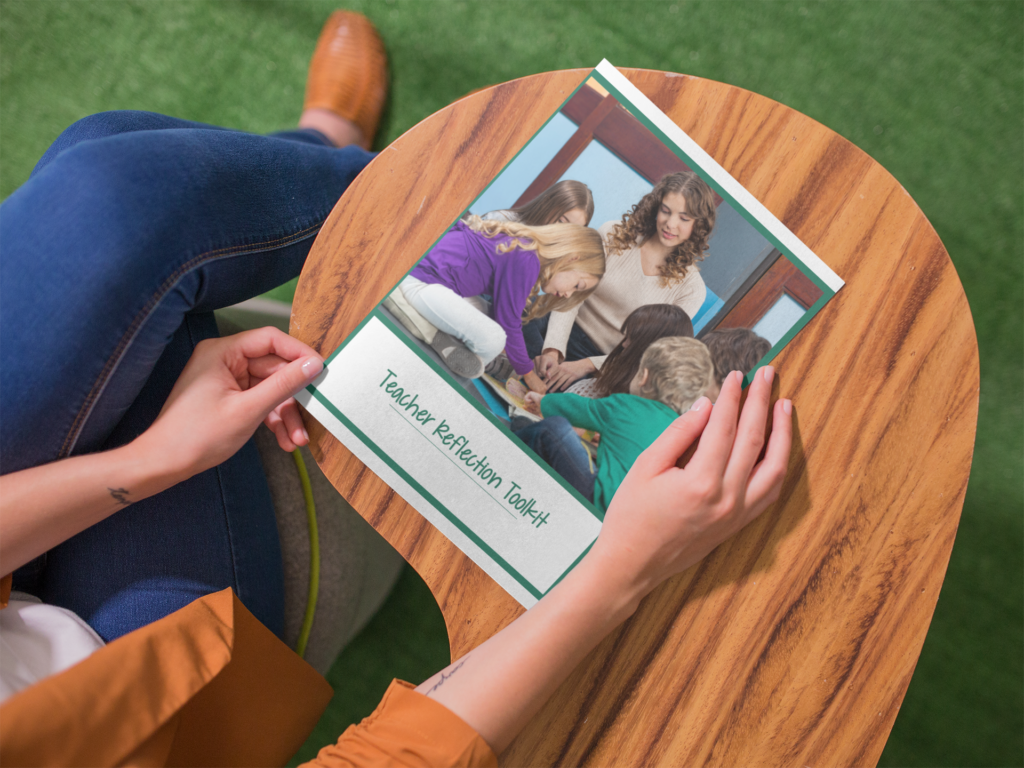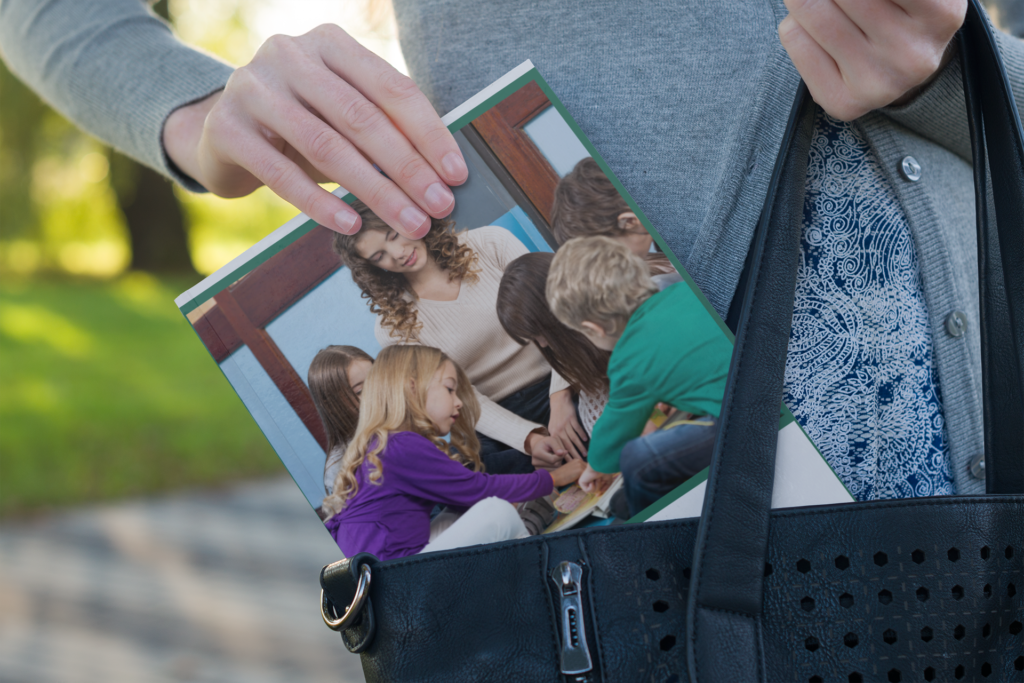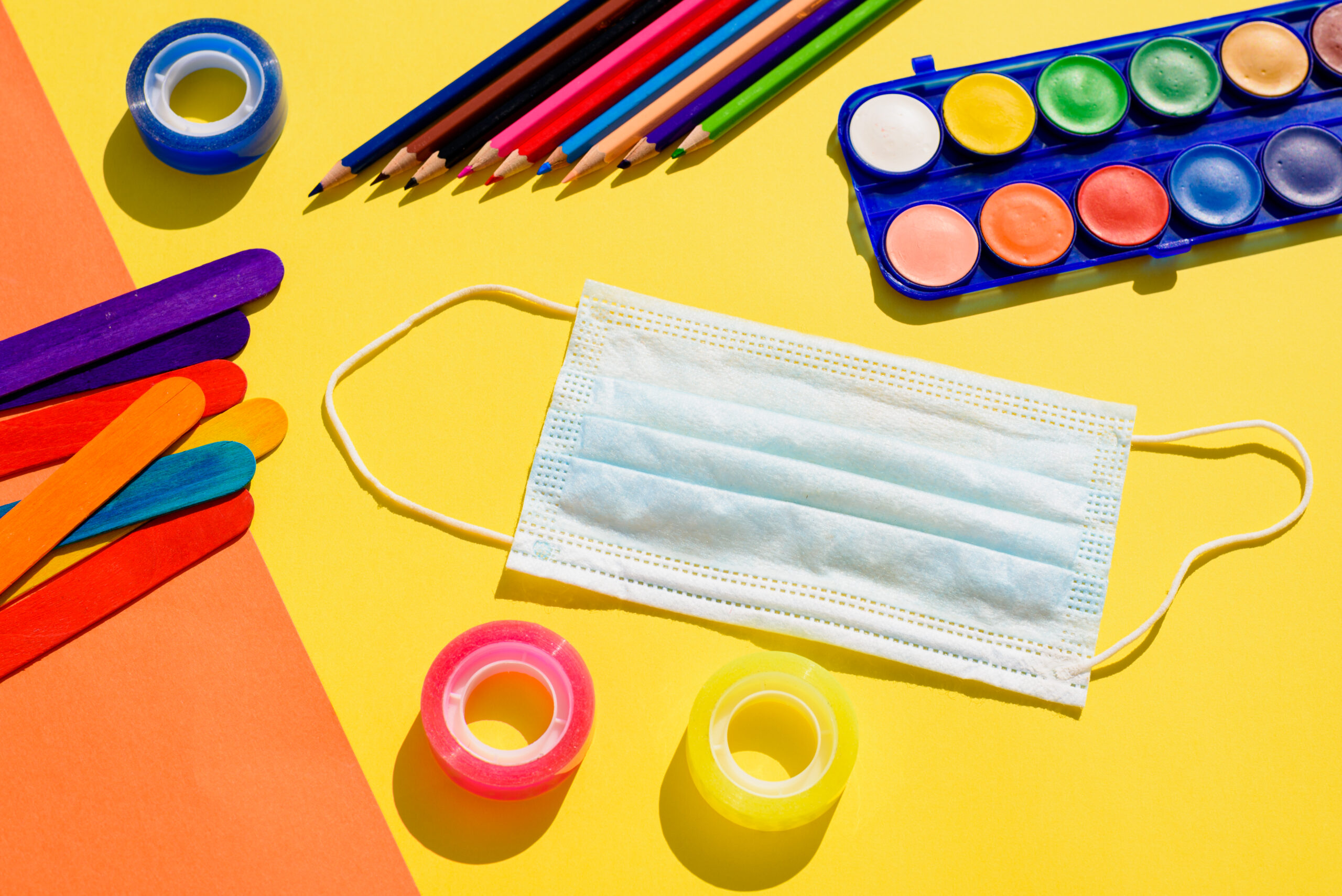Inside: Try these 5 teacher reflection tools to help you ask the right questions, reflect on your current practices, and set goals for growth and improvement. And be sure to grab your free Teacher Reflection Toolkit found at the end of this post.

Teacher Reflection: What’s Working? What’s Not Working?
During my first year of teaching, a learning coach would periodically pop in my room and ask, What’s working? What’s not working? I was really struggling, and mostly focused on what wasn’t working, so I found this first question to be really helpful.
Then, when we got to the second question, I would list all the things that weren’t working and she would help me prioritize the 1-2 problems that were most important to tackle first. #audiblesigh
These reflection questions have stuck with me throughout all of my years of teaching, and I still carry that sweet woman’s voice with me into every school year.
Here are 4 more tools you might use to jumpstart your own teacher reflection process:
The 3 R Framework
The 3 R’s in this reflection tool stand for repeat, remove, and rethink and help you closely examine your current instructional practices. Begin by creating a 3-column list on a sheet of paper. In the first column, list things that were big wins for you and you want to repeat in the next school year. Examples might include lessons or routines where the kids were really engaged and learning was rich and in line with your goals.
In the second column, list things that you know aren’t working. Often these are traditional practices that have always been done by teachers at your school or grade level, but lack educational benefit. Maybe these things could be removed and replaced with something new that you have been wanting to try.
In the last column, list things you want to continue to do, but need to tweak or “rethink.” Ask yourself how you might make changes that will allow you to get better results next year.
Grab the free Teacher Reflection Toolkit for a 3 R Framework printable.
Two Stars and a Wish
This simple reflection tool is one that kids sometimes use to provide feedback to one another, but it can work just as well for you.
First, think about two things that are going really well and write those down on the stars. Celebrate these “wins” and make a commitment to repeat them next year.
Next, record one “wish” you have for next year – something you want to do better, improve upon, or learn more about. Search the web, read a book, or find some PD that will help you put that into practice.
Grab the free Teacher Reflection Toolkit for a Two Stars and a Wish printable.
One Word Resolutions
Follow these steps to choose a one-word resolution that will guide you into the new school year and help you make decisions about professional growth opportunities.
- Visualize the teacher you want to be when you walk into your classroom on the first day of school. Imagine what you look, sound, and feel like.
- Brainstorm a list of words that describe you. Maybe you listed words like organized, efficient, engaging, fun, patient, or kind.
- Choose one word from that list. Yes, just one!
- Make a list of things you will do this summer that will help you live out that word in the new school year.
Read more about Making a One-Word Resolution for the New Year.
Your Image of the Child
How educators view children is referred to as the “image of the child” in a Reggio Emilia Approach to learning. It suggests that the teacher view of children plays a critical role in making decisions and forming relationships.
Taking time to reflect on your own image of the child can greatly influence how you approach everything from how you set up our space, what your schedule looks like, what materials you use, and how you document student growth.
Set a timer and brainstorm everything you believe about children. What comes up for you as you look at those words? Write a few sentences that define your image of the child.
Next, think about how well that image currently matches what you are doing in the classroom. Ask yourself, “What steps can I take to better align my beliefs with my practices?
Read more about Unpacking Your Image of the Child.
Make Time for Teacher Reflection
One great thing about teaching is that we get a do-over each year. Don’t let this opportunity go to waste! Before you swap out your teacher bag for a beach bag, take a few minutes to reflect on the previous year and identify changes you want to make in the next school year.
The free Teacher Reflection Toolkit, will support you in getting clear about what’s working and not working in your classroom and inspire you to set goals for professional growth.
It will be time well spent, I promise!

For more ideas on Growing as an Educator, visit the Roots & Wings Resource Library.


 Curious Classroom Book Study: Capture and Honor Kids’ Questions
Curious Classroom Book Study: Capture and Honor Kids’ Questions Curious Classroom Book Study: Investigate Ourselves and Our Classmates
Curious Classroom Book Study: Investigate Ourselves and Our Classmates How To Make a One Word Resolution to Transform Your New School Year
How To Make a One Word Resolution to Transform Your New School Year Reopening Schools: What Teachers Might Discover!
Reopening Schools: What Teachers Might Discover!
Leave a Comment